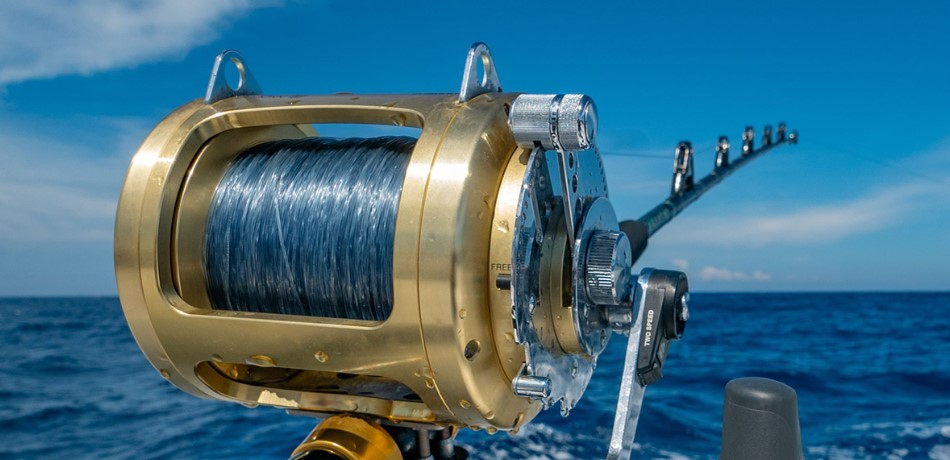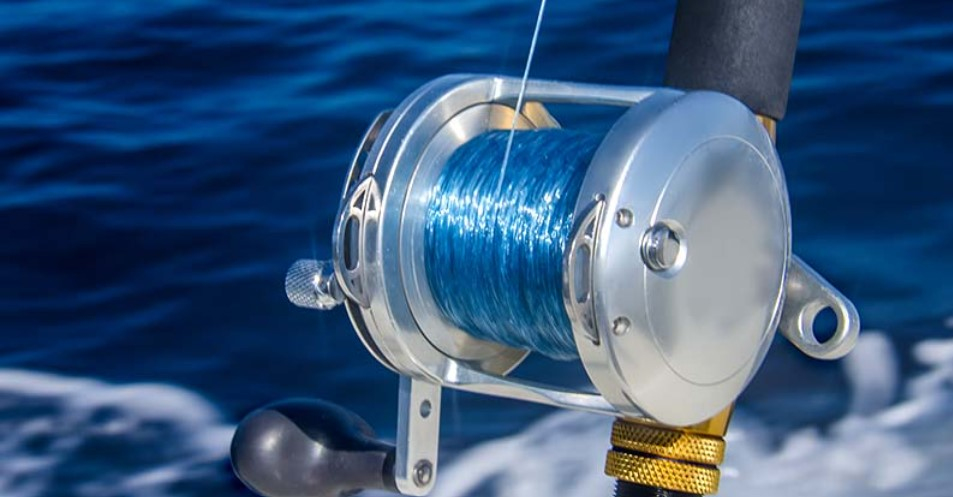
Selecting the best fishing line is among the most crucial, yet often neglected aspects of angling success. When you're fishing to catch bass from freshwater, or fishing offshore for tuna, your fishing line acts as the key connection between you and your fish. However, with the many varieties of fishing lines available to choose from, how do you determine which one is best for you?
This guide will help you comprehend the main types of fishing line that are available, the strengths as well as weaknesses and how you can use effectively in a variety of situations.

1. Monofilament Line: The Classic Choice
Monofilament is often referred to "mono," is one of the most well-known kinds of fishing line available and is preferred by novice and experienced anglers alike. It is made of a single string of nylon that has a excellent stretch, which can be beneficial in fighting fish that run in a sudden manner.
Pros:
Accessible and affordable
A strong knot and shock-absorbing properties.
Casting is easy to manage and simple to cast.
Cons:
Highly susceptible to UV degradation with time
Absorbs water, which can alter the strength and performance
More stretch means less sensitivity
Monofilament is a great topwater lures, and is a popular option for a variety of general fishing tasks. It's also a great choice for novices because of its lenient nature.
2. Fluorocarbon Line: Invisible Strength
Fluorocarbon is renowned for its low visibility underwater, which makes it ideal for catching line-shy fish clean waters. It's a lot more dense than monofilament which allows it to sink more quickly and makes it a preferred choice of bottom contact baits.
Pros:
Low visibility
High abrasion resistance
Good for sensitive and great for finesse fishing.
Cons:
Costlier than mono
More difficult and strenuous to tie knots
Stretching less, which could result in break-offs if handled appropriately
Many anglers employ fluorocarbon for their leader materials along with braided line for increased stealth and resistance.
3. Braided Line: Power and Precision
The braided line for fishing is composed of multiple strings of synthetic material like Spectra as well as Dyneema. It is renowned for its superior strength-to-diameter ratio. It allows anglers to stretch more line and make longer casting distances.
Pros:
Extremely sturdy and thin
No stretch, great for deep-water and hooksets that are quick.
Excellent casting distance
Cons:
Highly visible in the water
Insufficient knot strength if not tied correctly
Could cause damage to rod guides and reels when used incorrectly
Since braided line has almost none stretch it's highly sensitive. This makes it ideal to use for bottom fishing or being able to detect subtle bites.

4. Hybrid Line: The Best of Both Worlds?
Hybrid lines are a combination of fluorocarbon and mono and fluorocarbon, with the aim of providing the right balance of stretch strength, strength, and visibility. They are in the process of evolving but they are a good option for anglers who want an all-in-one line for multiple uses.
5. Specialty Lines: Fly Line, Lead Core, and More
Fly Fishing Lines designed specifically to be used for fishing with fly lines, they are available in a variety of weights, and tapers to fit various rods and fishing conditions.
Lead Core Line It has an inner lead wire and is utilized to troll deep, especially in marine or offshore environments.
Wire Line is used to trolling saltwater, particularly when aiming at toothy predators such as mackerel and wahoo.
6. Choosing the Right Line for the Situation
The most effective line is often based upon the fish species that you're aiming for as well as the clarity of the water and the fishing method you use. Here are a few easy guidelines:
Bass Fishing Mono to topwater, braids for the heavy covering, or fluorocarbon is great for soft plastics and jigs.
Saltwater Inshore: The braided fluorocarbon leaders, paired with the fluorocarbon leader are perfect.
Surf fishing: Braid using an extended mono or fluorocarbon lead helps with casting long and abrasion resistance.
Trout fishing Monofilament with a light weight or fluorocarbon to stealth and elegance.
For a comprehensive tutorial on how to set up your line and how to properly rig it take a look at this comprehensive guide to the setup of fishing lines covering the knots and reelspools and the various choices for tackle.
7. Final Thoughts
Understanding the difference among monofilament, fluorocarbon and braided lines, as well as how to choose between them--will dramatically improve your results at the water. Each kind has its own spot, and in many situations, combining lines can yield the most effective results.
Do not be afraid to play around with different configurations. The correct line, coupled with the right technique and equipment, could be the secret to landing your next big catch.















